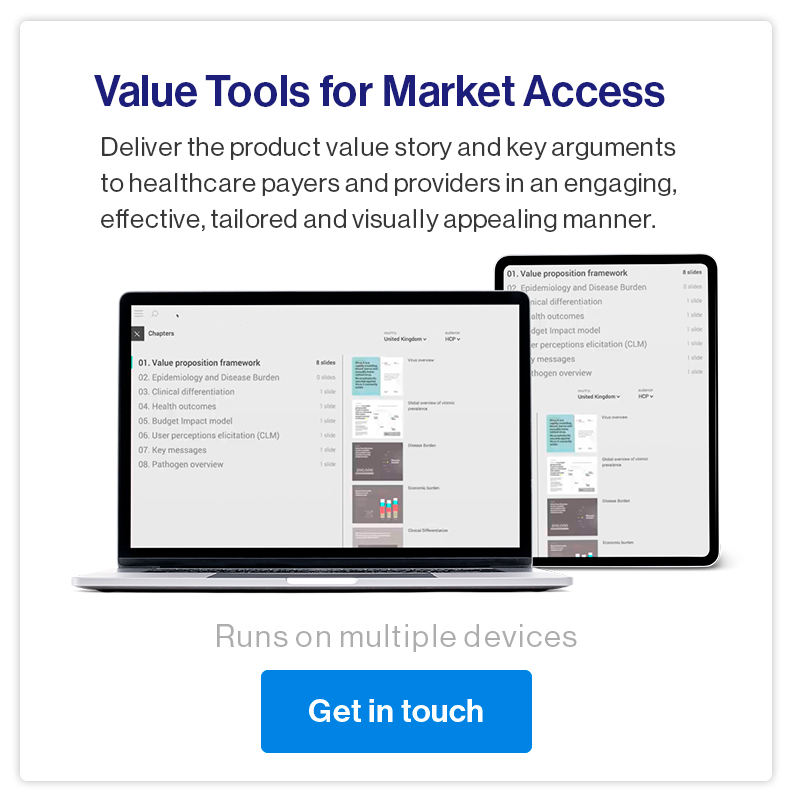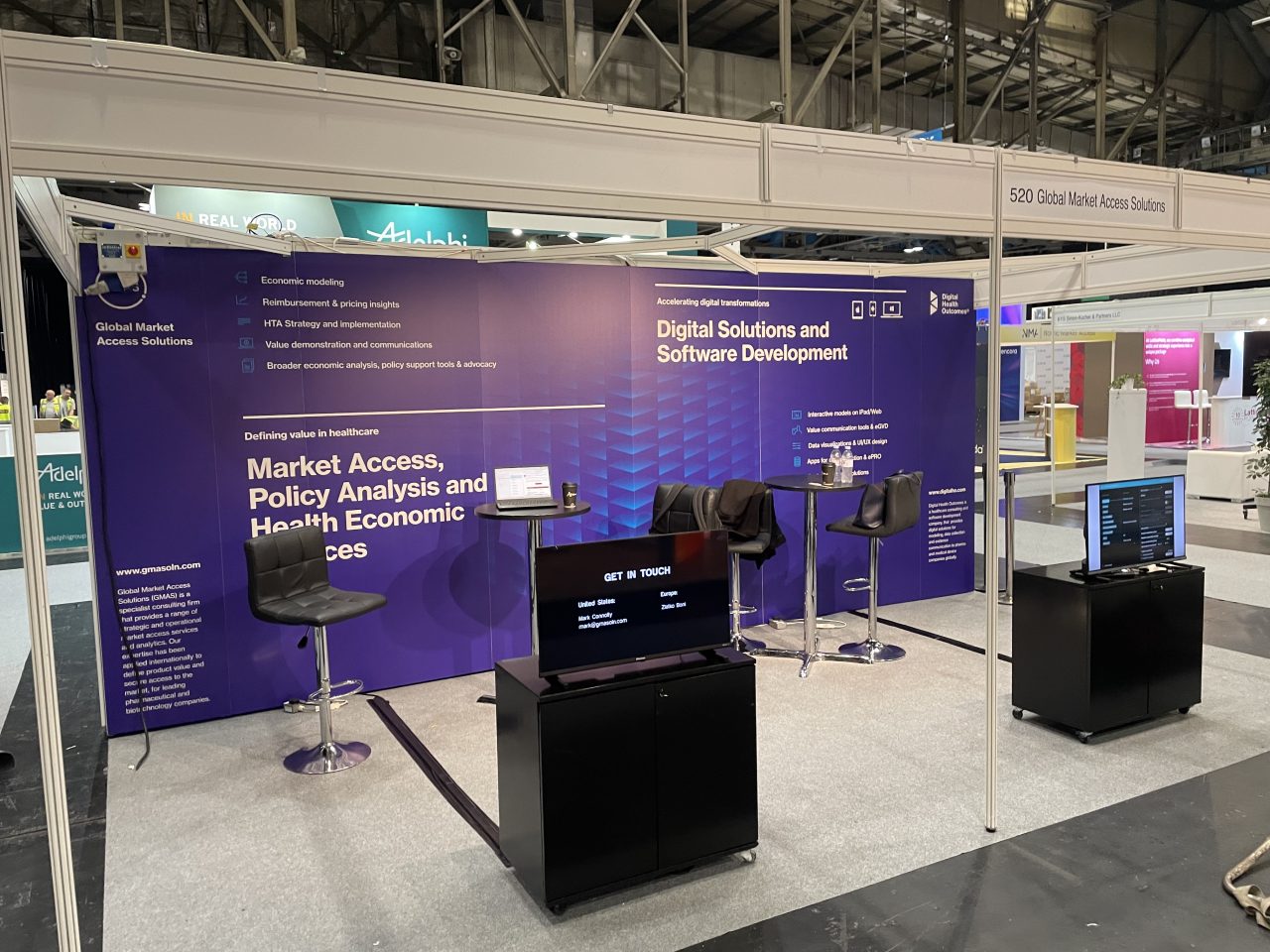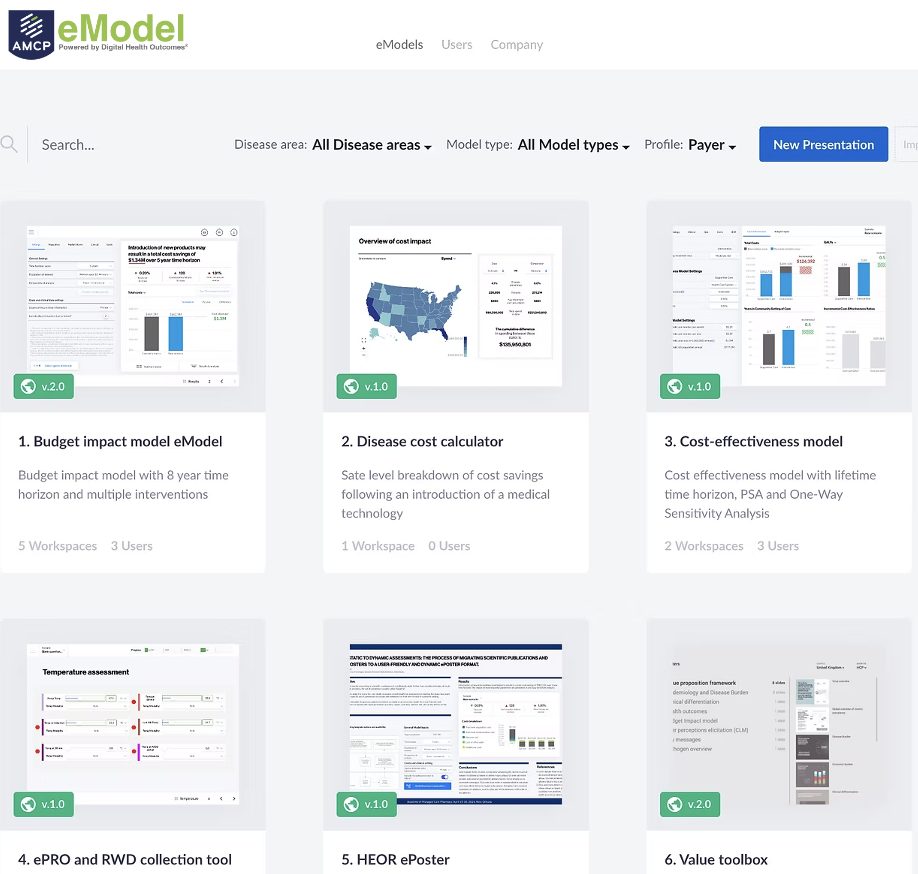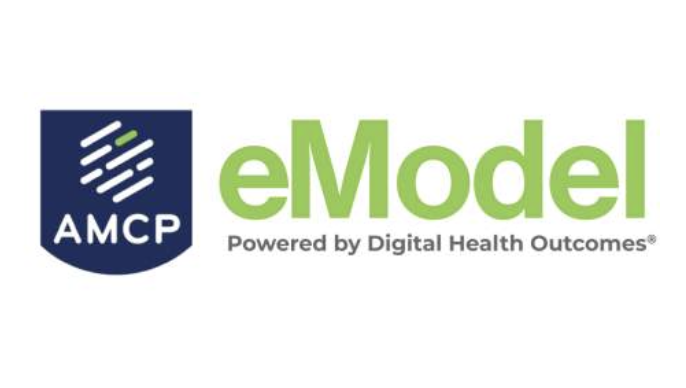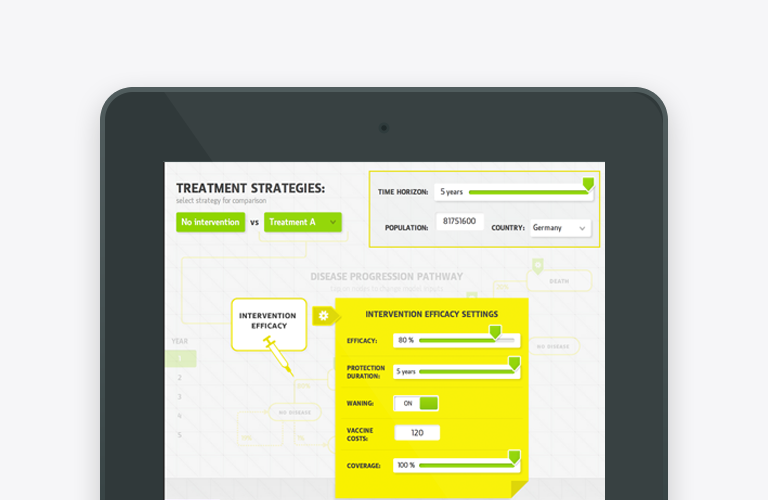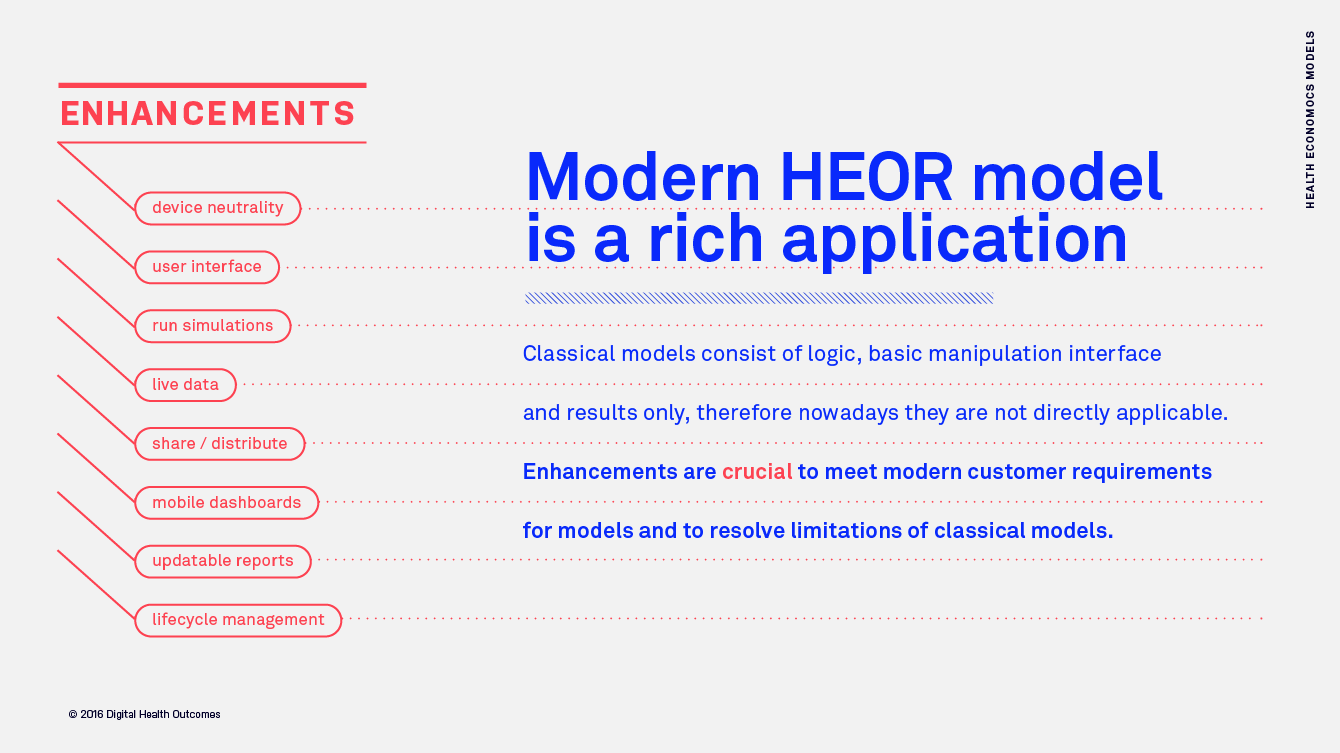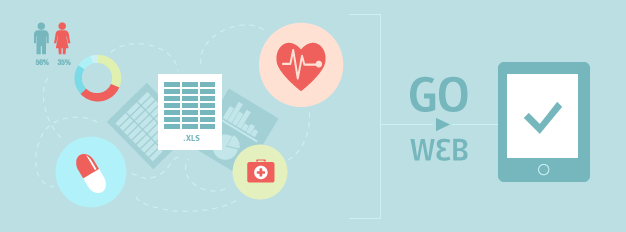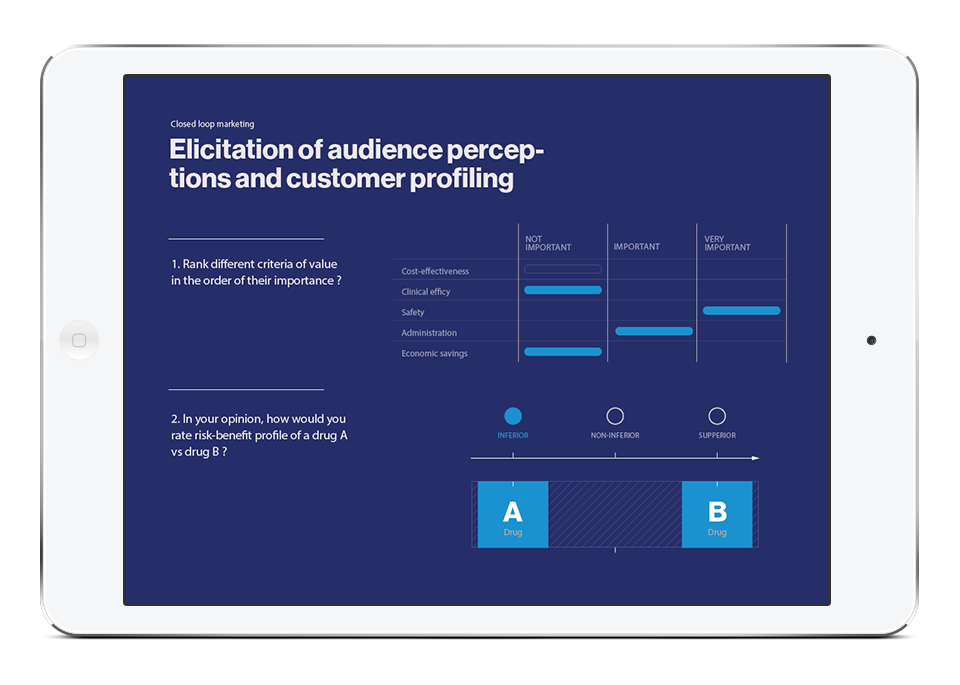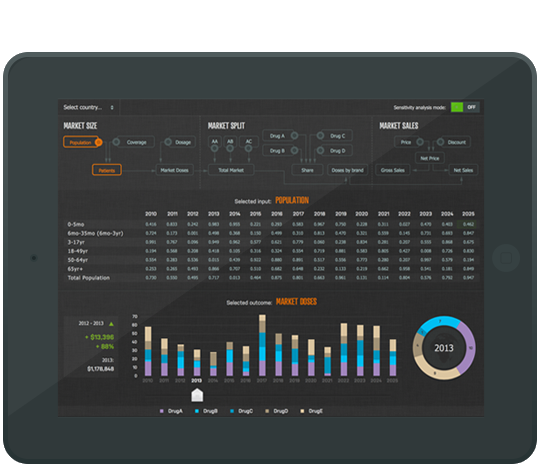
Usually when sales rep has a meeting with doctor, payer or provider, the time frame is very tight. It is a matter of minutes for the rep to bring the key message to a target audience. It is important to spend the time rationally and present the core idea alongside strong arguments, while being as laconic as possible.
However, this does not mean that the presentation shouldn’t contain supplementary information and specific details the payer might potentially be interested in. It should, together with evidence for all possible answers for the questions that may occur. In other words, the rep must be ready to be as precise and informative, as the audience requests.
All this is nearly impossible to achieve while using traditional slides, spreadsheets or complicated Excel models – those tools simply won’t catch target audience attention enough. Besides, as against special interactive eDetailing applications, traditional tools don’t have the so called layered communication structure, that allows to hide detailed information within interactive elements like buttons, links, radio buttons, popups etc. This, as stated above, allows the rep to provide as detailed information, as the payer requests. Also these applications often include tracking tools which keep the information on what model parameters were changed by the user, what elements were clicked and how many times, thus giving prompts for overall improvement of the value message.
Another element that increases audience response is interactivity, often gained by presenting with the help of mobile devices (iPad, Samsung etc). For example, a Health Economics model that engages the audience, interacts with it and provides different data depending on the various inputs and parameters, as well as allows the audience to change them, negates the communication gap that is usually created by bulky static tables and decision trees. User friendly design and animated elements increase user engagement as well. Let the audience “watch a movie” or even “play a game” while making serious decisions for their work. The level of attraction determines the emotional condition of the audience, while numbers and figures determine the logic side. The key to success usually lays within gaining them both.
It is also important to mention that Health Economics models and medical evidence is always built on reference basis and this fact can often cause an issue, because without the proper quick access elements it is nearly impossible to refer to the corresponding information or data source on request or it will simply take too much time. Luckily, modern eDetailing applications have special tools that provide reference access in the matter of seconds and a few clicks. They also contain a solution for another weak link, that contains such elements as versioning, updating, synchronisation between different users and regional scenarios management. Latest cloud technologies rescue from having any problems with the issues mentioned by having literally one-click mechanisms integrated for otherwise complex actions.
